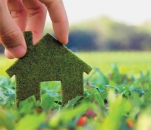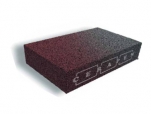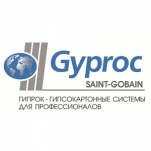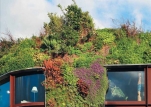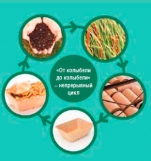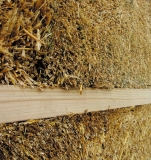
Strawbale Hut or Eco House?
Since people got out of the caves and began to build their own dwellings, they used everything they could find in the surrounding nature for construction of their homes. Reed and wooden huts, stone houses – all of these dwellings were built without any problems if there were available natural materials. In the extreme case one could use a mixture of ordinary clay, earth, straw and sand. This technology is called the adobe wall. In addition, a later time these technologies began to combine – built-up wooden houses were often covered with a layer of clay (mud huts). As the result, the timber life circle was increased and additional insulation of the dwelling was done.



